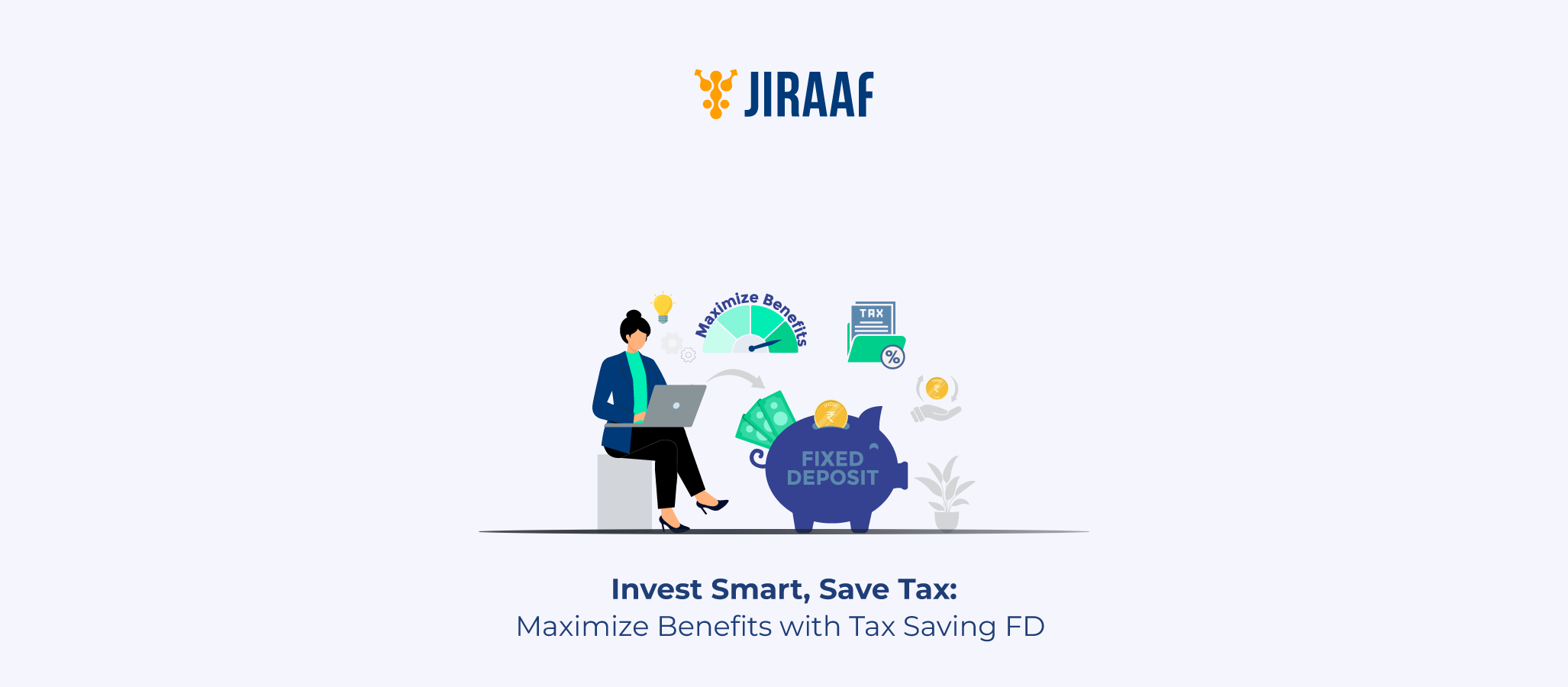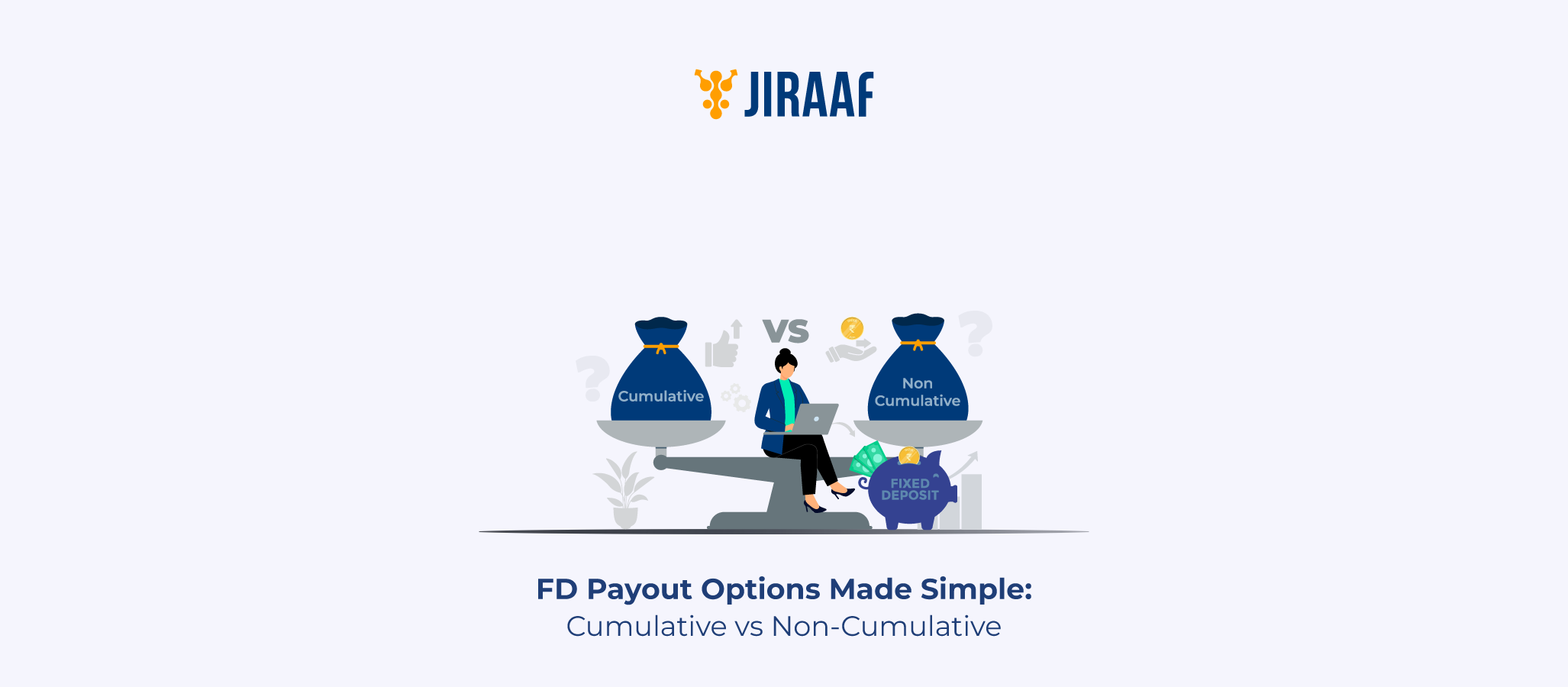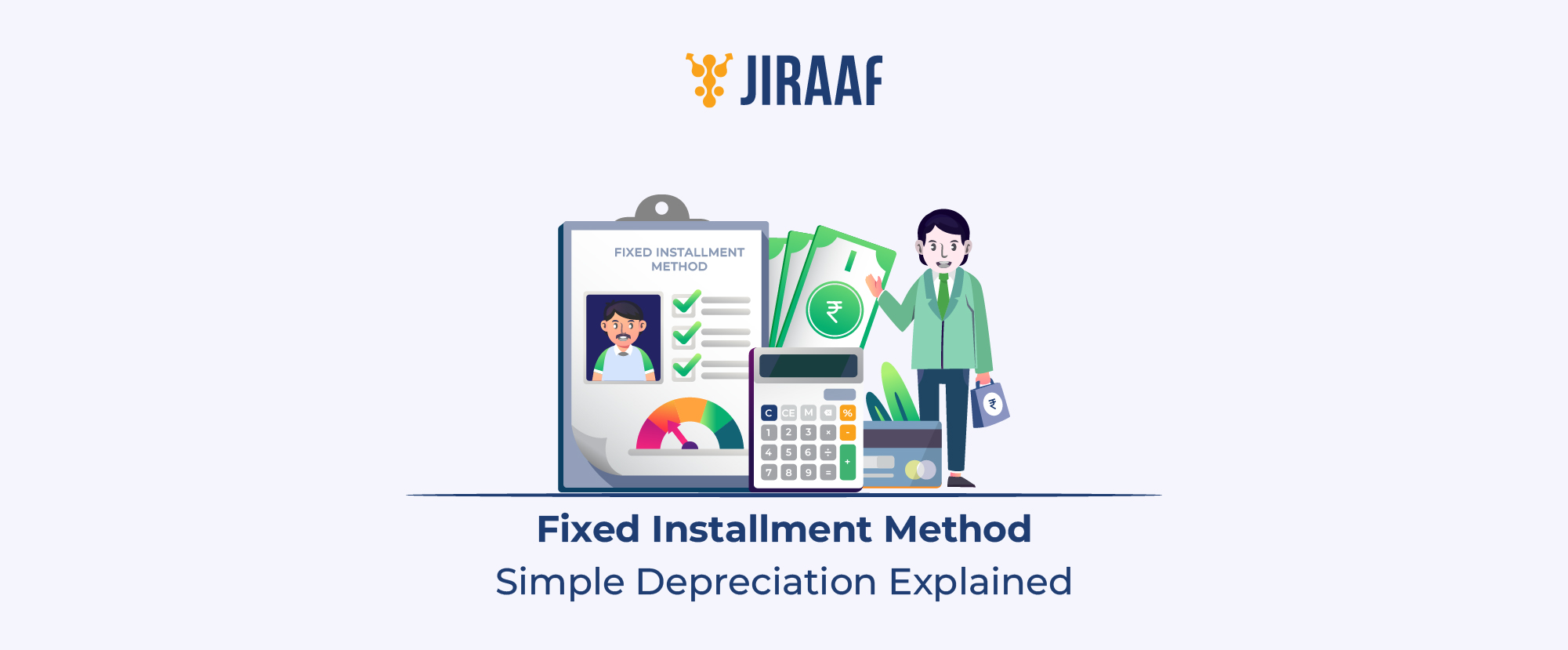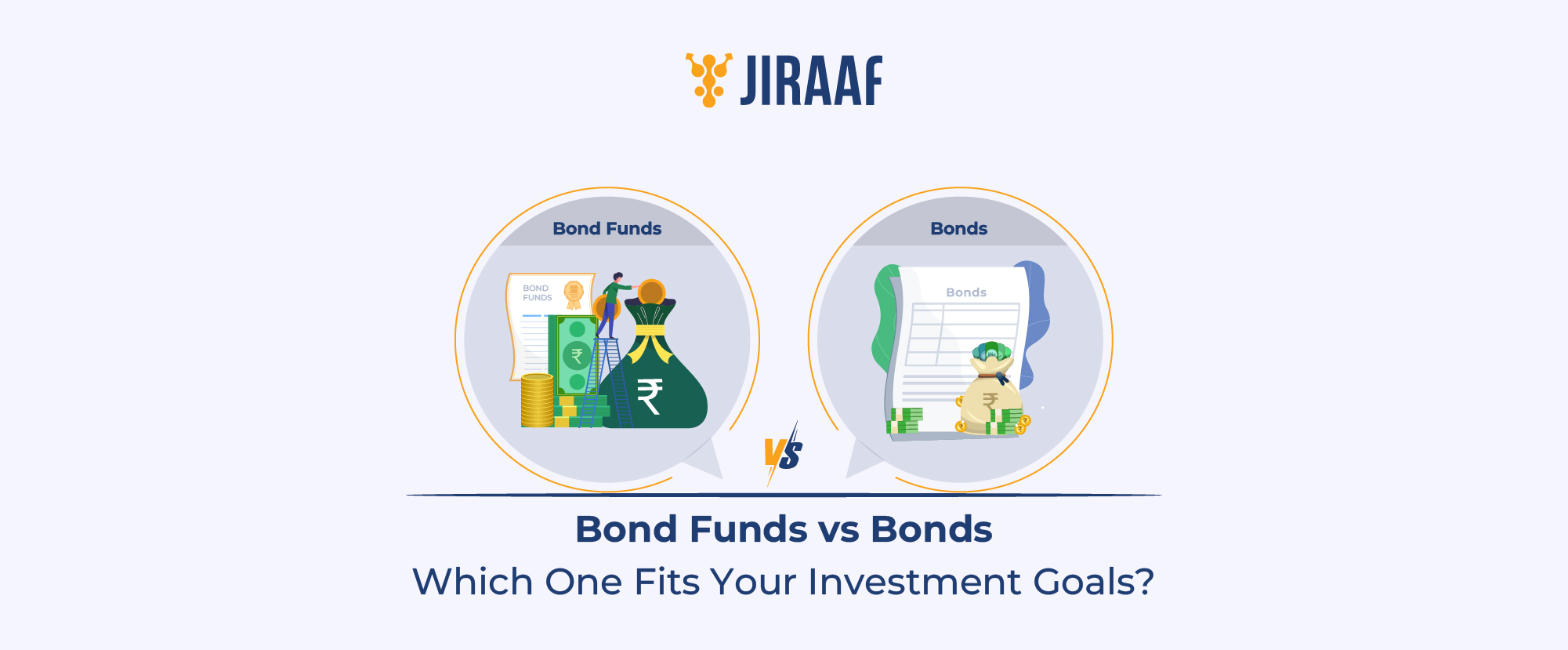Fixed deposits have long been the backbone of Indian savings. They offer safety, predictability, and ease—qualities that appeal to cautious investors. Yet, as interest rates fluctuate and inflation challenges real returns, the once-clear choice isn’t as obvious anymore. Corporate FDs, offering slightly higher yields, are stepping into that grey zone. The question is—do they truly offer better value, or just higher risk in disguise?
What is a Bank Fixed Deposit (FD)?
For most Indian investors, a bank fixed deposit is their first step into the world of saving and investing. FDs are simple—you deposit a lump sum for a fixed period, and the bank pays you a predetermined rate of interest. At the end of the tenure, you get back your principal along with the accumulated interest.
The predictability of returns and the backing of regulated banks make these FDs a trusted option for salaried individuals who prefer stability over market-linked risks. Bank FDs also come with flexible tenures—ranging from 7 days to 10 years, allowing you to align them with your financial goals.
While their reliability makes them a staple in most portfolios, the quest for higher, inflation-proof returns has led many investors to explore alternatives beyond traditional bank deposits.
What is a Corporate Fixed Deposit?
Corporate fixed deposits are similar in structure—you invest a lump sum for a fixed period, but the issuer isn’t a bank; it’s a company or Non-Banking Financial Company (NBFC). The company borrows this money directly from investors to fund its operations or growth and, in return, offers higher interest rates than most banks.
These FDs can offer interest rates as high as 8.25% p.a., compared to 6–7% p.a. from banks (as of Oct’25). However, the trade-off lies in safety, since they aren’t covered by insurance like bank FDs, and they depend largely on the financial health of the issuing company.
That’s why, before choosing one, investors must understand the differences that truly set these two apart—beyond just the interest rate on paper.
Difference Between Bank FD and Corporate FD
Here’s a quick comparison that highlights how the two differ on key aspects:
| Feature | Bank FD | Corporate FD |
| Interest Rate | 6–7% | 8–9% |
| Safety | Insured by DICGC up to ₹5 lakh | Depends on issuer’s rating (AAA safest) |
| Liquidity | Premature withdrawal allowed (with penalty) | Varies; some allow early exit with fees |
| Loan Against FD | Available up to 90% of deposit | Rare, depends on issuer |
| Tenure Range | 7 days to 10 years | 1 to 5 years |
| Minimum Investment | ₹1,000–₹10,000 | ₹10,000–₹25,000 |
| Taxation | Interest taxed as per slab | Same; no tax deduction benefit |
While corporate FDs seem to offer more attractive returns, the key question is whether those returns justify the additional risk. Let’s compare how both perform in terms of interest rates and real-world returns.
Interest Rates and Returns
Here’s a look at the kind of rates investors can currently expect:
| Institution | Type | Interest Rate |
| SBI | Bank (public Sector) | 3.05-6.45% (additional 0.50% for senior citizens) |
| HDFC Bank | Bank (private) | 5.75-6.15% (additional 0.50% for senior citizen) |
| Bajaj Finance | Corporate | 6.75-6.95% |
| Slice | Small Finance Bank | 6.25-7.5% |
| Shriram Finance | NBFC | 7-7.6% (additional 0.5% for senior citizens) |
(Rates are indicative as of Oct 2025 and may vary depending on tenure and investor type)
Clearly, corporate FDs edge out banks when it comes to interest. But a higher rate should never be the only deciding factor because the real difference lies in how safe your money truly is.
Risk and Safety
Bank FDs are considered one of the safest investment options because they’re backed by regulated institutions and insured under the Deposit Insurance and Credit Guarantee Corporation (DICGC) up to ₹5 lakh per depositor, per bank. That means even if a bank fails, your deposits up to this limit remain protected.
Corporate FDs, on the other hand, usually come with higher risk. They are unsecured, meaning if the company faces financial trouble, investors may not get back their full amount. Some corporate FDs are “secured”(backed by company assets), but that doesn’t guarantee timely repayment.
Credit ratings issued by agencies like CRISIL, ICRA, or CARE help investors gauge this risk. Ratings like “AAA” indicate strong repayment capacity, while anything below “A” should raise caution.
In short, higher interest comes with higher uncertainty. That’s why understanding your risk tolerance is key before chasing extra returns.
Which is Better: Bank FD or Corporate FD?
There’s no one-size-fits-all answer—it depends on your financial goals, risk appetite, and liquidity needs. Here’s a quick breakdown.
Choose Bank FDs if you:
- Prefer capital safety over returns
- Need guaranteed liquidity and peace of mind
- Are risk-averse or nearing retirement
Choose Corporate FDs if you:
- Can handle moderate risk for better returns
- Invest after checking credit ratings and company reputation
- Are looking for short to medium-term gains (1–3 years)
For most salaried investors, the ideal approach is a mix—park your emergency or essential funds in bank FDs for safety, and allocate a small portion to top-rated corporate FDs for higher yields.
After all, smart investing isn’t just about chasing returns—it’s about balancing risk, reward, and reliability.









